Kinhtedothi-Discussing the different contents of the Draft Law on Urban and Rural Planning, National Assembly deputies said that it is necessary to supplement the principles of applying planning when there are conflicts between plans; clarify the concept of "underground works"; clearly define inner city areas, inner towns...
On the morning of October 25, at the 8th Session of the 15th National Assembly, a plenary session was held in the hall to discuss a number of contents with different opinions in the Draft Law on Urban and Rural Planning.
Clearly define to avoid conflicts between plans
Speaking at the discussion, National Assembly delegate La Thanh Tan ( Hai Phong City planning delegation) said that the Draft Law needs to have regulations to ensure compliance of construction investment projects with urban and rural in case of conflicts between plans...
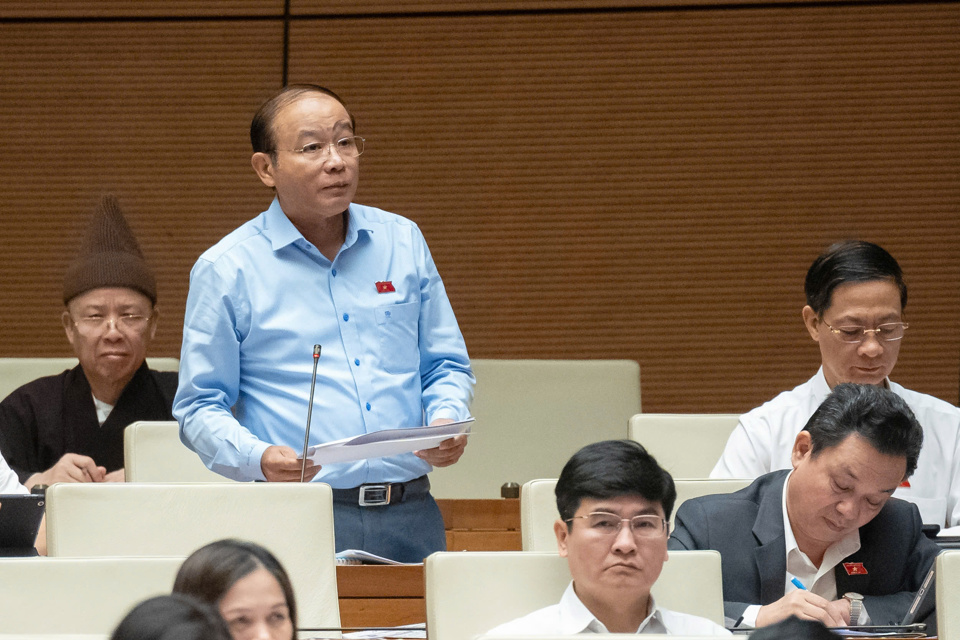
Article 8 of the Draft Law stipulates that when there is a conflict between urban and rural plans at the same level and with the same authority to approve the plan, the authority with authority to approve the plan will decide on the implementation of the plan; In the case of the same level and different authority to approve the plan, the authority with authority to approve the higher level of the plan will decide on the implementation of the plan. Delegate La Thanh Tan said that such a provision could lead to a situation where a project being implemented encounters inconsistencies between plans and must be stopped to carry out procedures to wait for the authority to decide on the implementation of the plan or wait for the plans to be adjusted to be consistent before being implemented.
In addition, Article 8 of the Draft Law only mentions the contradictions between urban and rural planning according to the provisions of this Law. However, in reality planning, there are still contradictions and overlaps between construction planning and many other such as: planning for minerals, energy, transportation, agriculture , land use that have not been resolved...
From the above analysis, delegate La Thanh Tan suggested that the Drafting Agency should study and supplement the principles of application and use of planning when there are conflicts between plans. Thereby, there is a basis for quick identification and application, avoiding waste of time, costs as well as opportunities for investors and State resources.
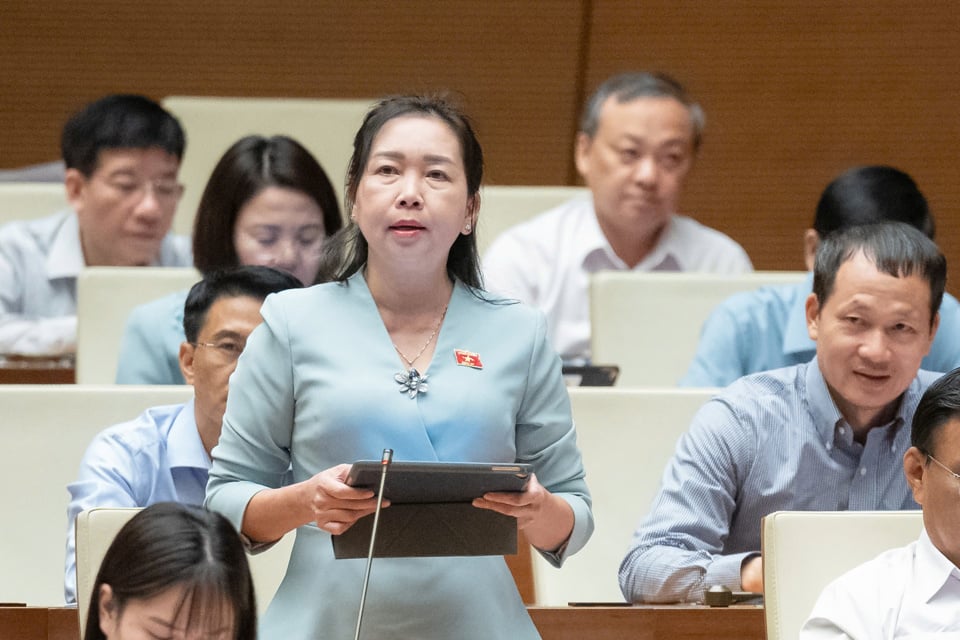
Also interested in this content, National Assembly delegate Ly Tiet Hanh (Binh Dinh province delegation) said that urban and rural planning has a close relationship with many other types of planning, associated with specific investment projects, so this Draft Law is related to many different specialized laws. The delegate suggested that the drafting committee continue to study and review the provisions of the Draft Laws to ensure consistency, unity, and avoid overlap.
Clearly define urban and suburban areas
Commenting on the Draft Law, National Assembly delegate Nguyen Phuong Thuy (Hanoi delegation) suggested that the National Assembly consider and supplement Article 2 to explain the terms and content of the provisions on the concept of "inner city and inner town areas"; at the same time, supplement a number of provisions on requirements and principles for planning inner city and inner town areas in Articles 6 and 7 and requirements on planning criteria for urban classification applicable to this area in Articles 20 and 21.
"This will help limit current concerns in urban planning and development, limit waste in investment in development resources, social infrastructure, and urban technical infrastructure; and serve as a basis for building a streamlined, efficient, and professional urban government organization model," said delegate Nguyen Phuong Thuy.
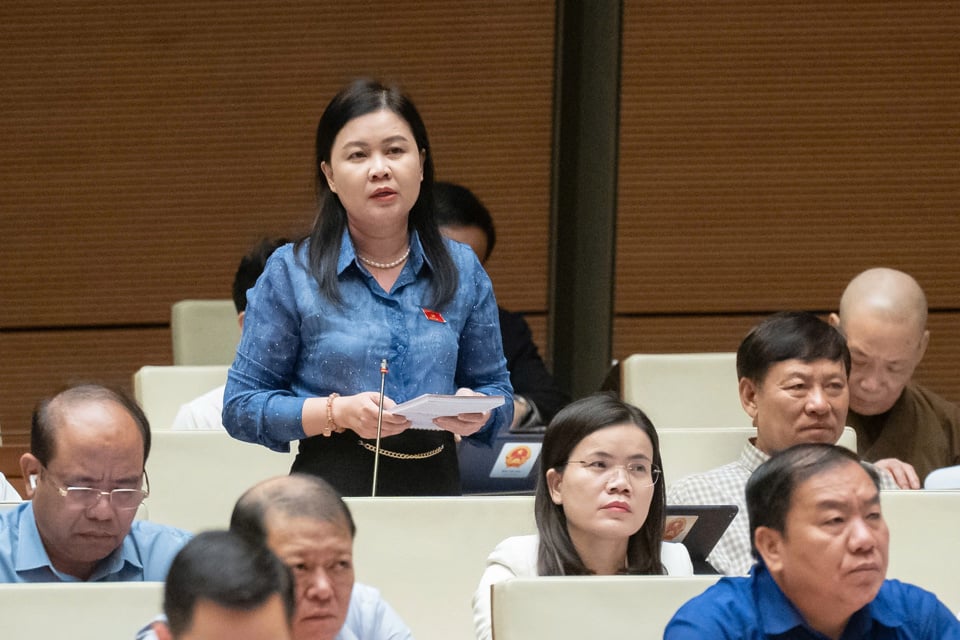
According to delegate Ly Tiet Hanh, the concepts of urban and rural areas as proposed in the Draft Law are based on population density, economic sector being agricultural or non-agricultural, central nature, promoting role... will cause confusion.
In fact, in our country, cities have inner cities and suburbs; towns have inner cities and suburbs; rural areas at the district level also have urban areas; many rural areas have high population density, the rate of agriculture has also decreased, in many rural areas, infrastructure as well as economic development potential are very good. Therefore, the delegate suggested that the drafting agency continue to research and explain the concepts of urban and rural areas to identify them more clearly and explicitly.
Need general planning in centrally-governed cities
Referring to the content of a city within a city, National Assembly delegate Nguyen Quang Huan (Binh Duong province delegation) suggested that the drafting agency consider whether to add the concept of "super city" in the Draft Law?
Regarding the planning of centrally-run cities, delegate Nguyen Quang Huan said that Article 21 on the planning of centrally-run cities is too detailed, which may cause difficulties for implementing agencies, and suggested considering writing it in a more general direction.
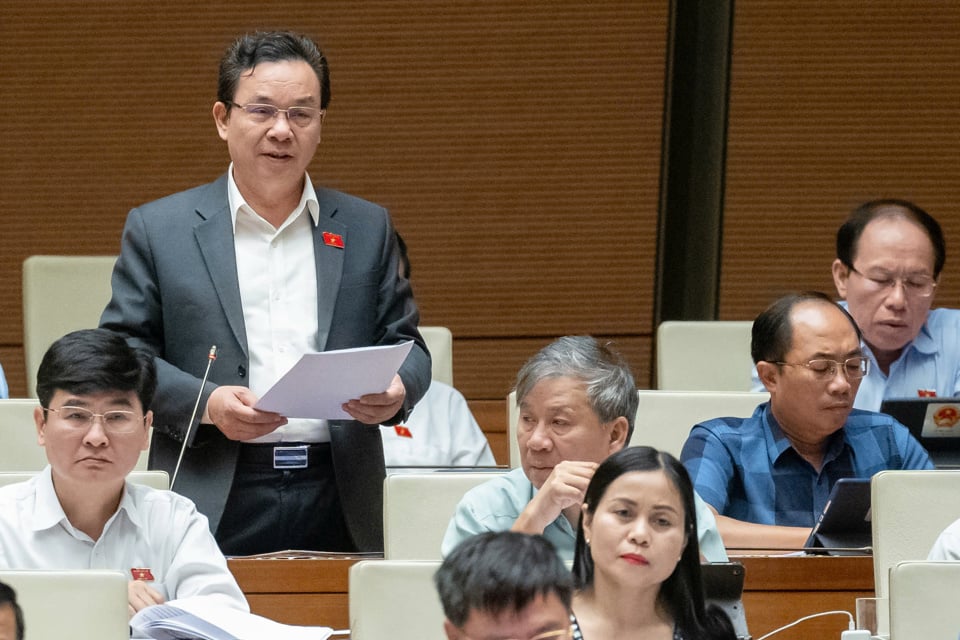
National Assembly delegate Hoang Van Cuong (Hanoi delegation) agreed with the view that for centrally-run cities, in addition to provincial planning, there should be a general planning. The delegate said that it is necessary to have a general planning in centrally run cities because each type of planning has different functions; it is necessary to clearly define to avoid overlap and duplication.
Delegate Hoang Van Cuong suggested that Article 20 of the Draft Law should specify the contents of infrastructure development, not provide orientation. Even in areas without zoning plans, the boundaries of these elements must be clearly defined to set up boundary markers; and in areas with zoning plans that need to be located, the zoning plans must determine the boundary markers.
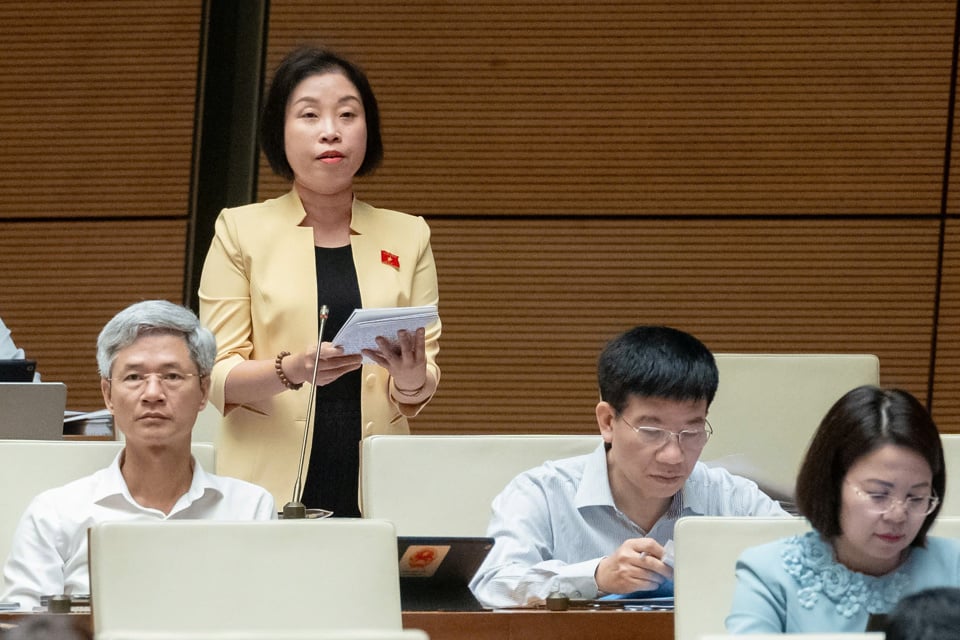
Commenting on the Draft Law, National Assembly delegate Pham Thi Thanh Mai (Deputy Head of the Specialized Delegation, National Assembly Delegation of Hanoi) said that regarding the urban planning system, implementing the 2009 Law on Urban Planning and the Master Plan for Capital Construction, Hanoi City established the master plan for the Capital, under the master plan for the Capital are master plans, satellite cities, ecological towns, towns, and townships. Under the new master plan for the urban area, urban subdivision plans are established. From there, in order to establish a basic subdivision plan, it is necessary to go through two levels of master planning: the master plan for the capital and the master plan for urban areas and towns.
Currently, the Draft Law on Urban and Rural Planning continues to stipulate in Article 3 and Article 20 that the approved master plan of a centrally-run city is the basis for establishing master plans for towns, cities under centrally-run cities, new urban areas, etc. This leads to the fact that after the adjustment of the master plan of Hanoi Capital to 2045, with a vision to 2065, is approved, Hanoi will have to continue to establish master plans for 2 centrally-run cities, satellite cities, towns, and then establish zoning plans.
Delegate Pham Thi Thanh Mai proposed to add a regulation that for centrally-run cities, only one level of general city planning should be established, and then zoning plans should be established immediately to avoid waste and quickly unlock resources for national development.
Source: https://lanhtedothi.vn/lam-ro-tieu-chi-trong-lap-quy-huong-do-thi-han-che-lang-phi-nguon-luc.html




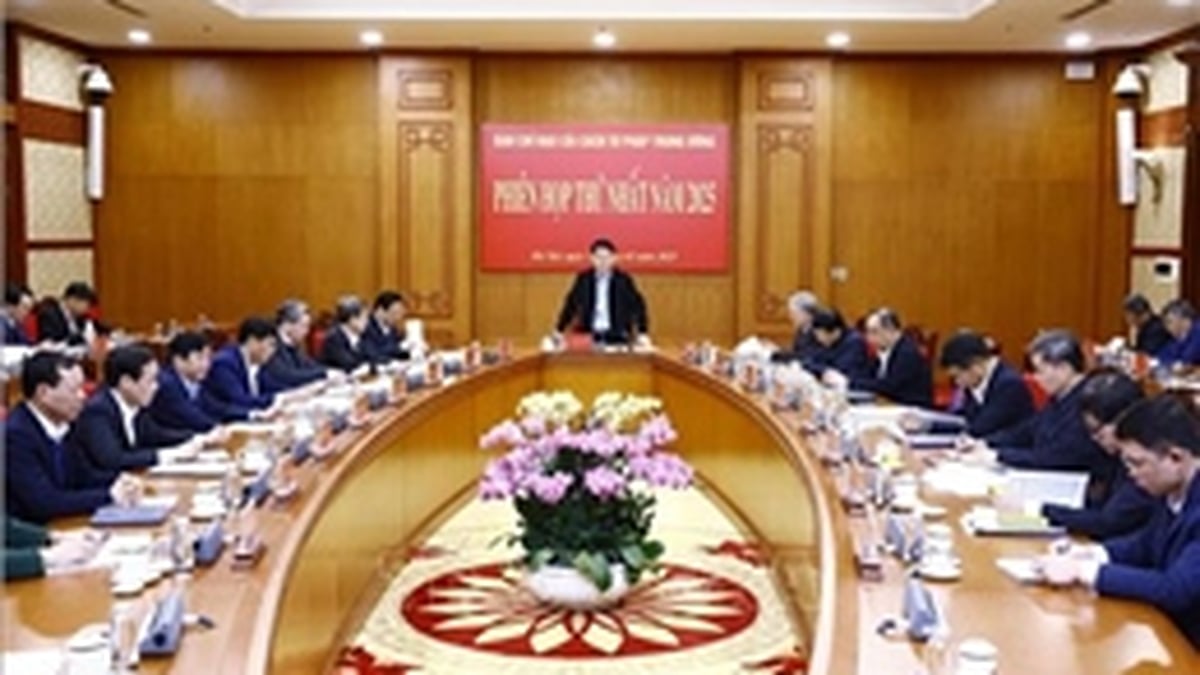



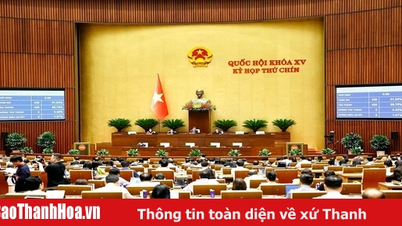



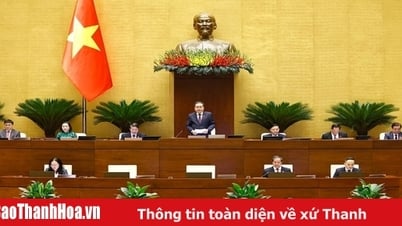
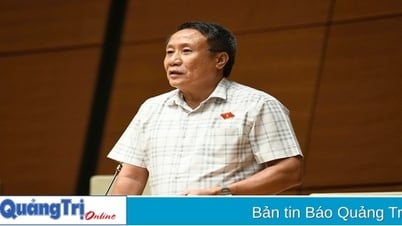



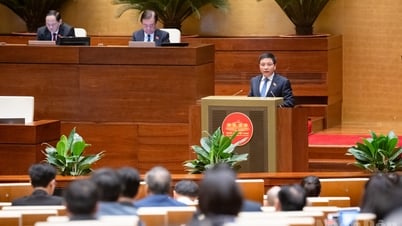

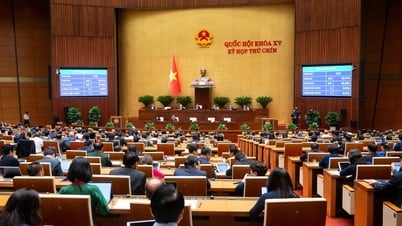

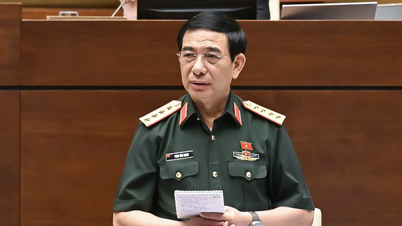

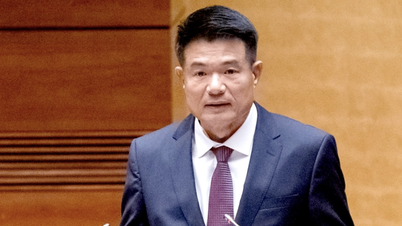
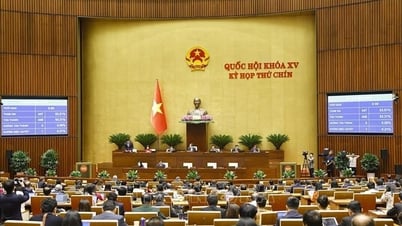

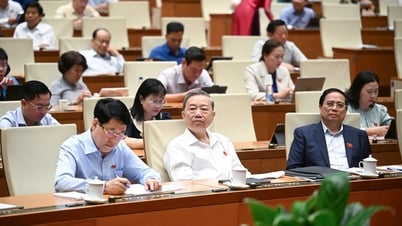
















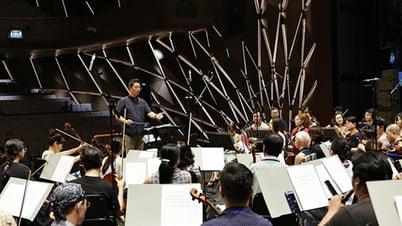

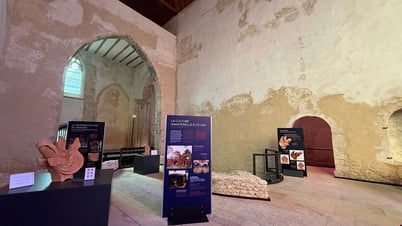












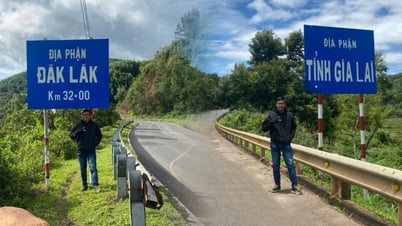










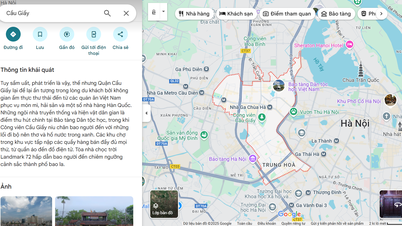






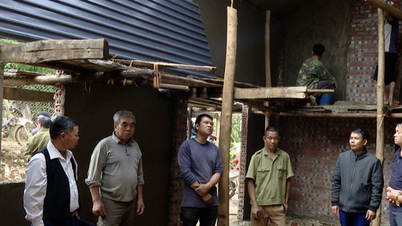






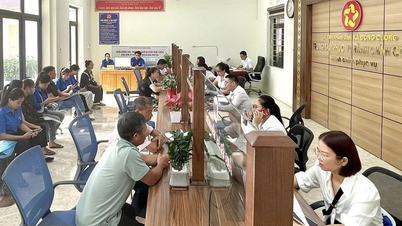






















Comment (0)